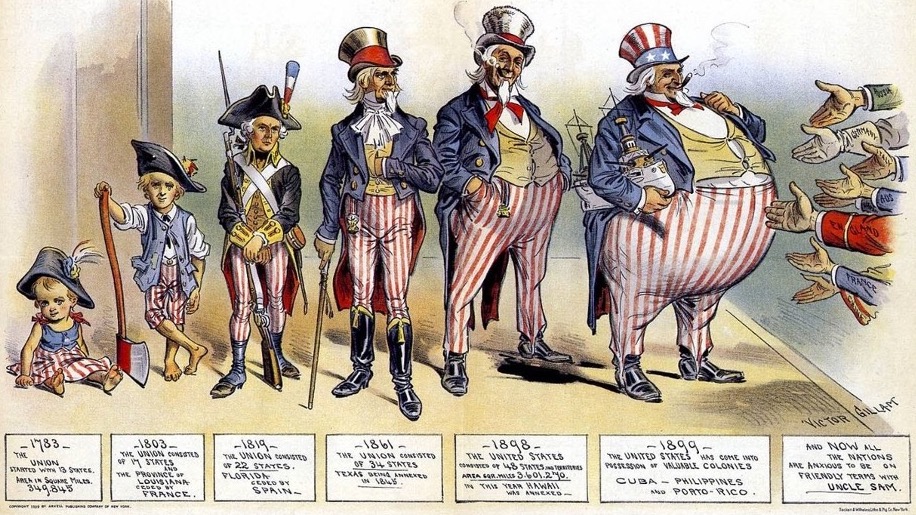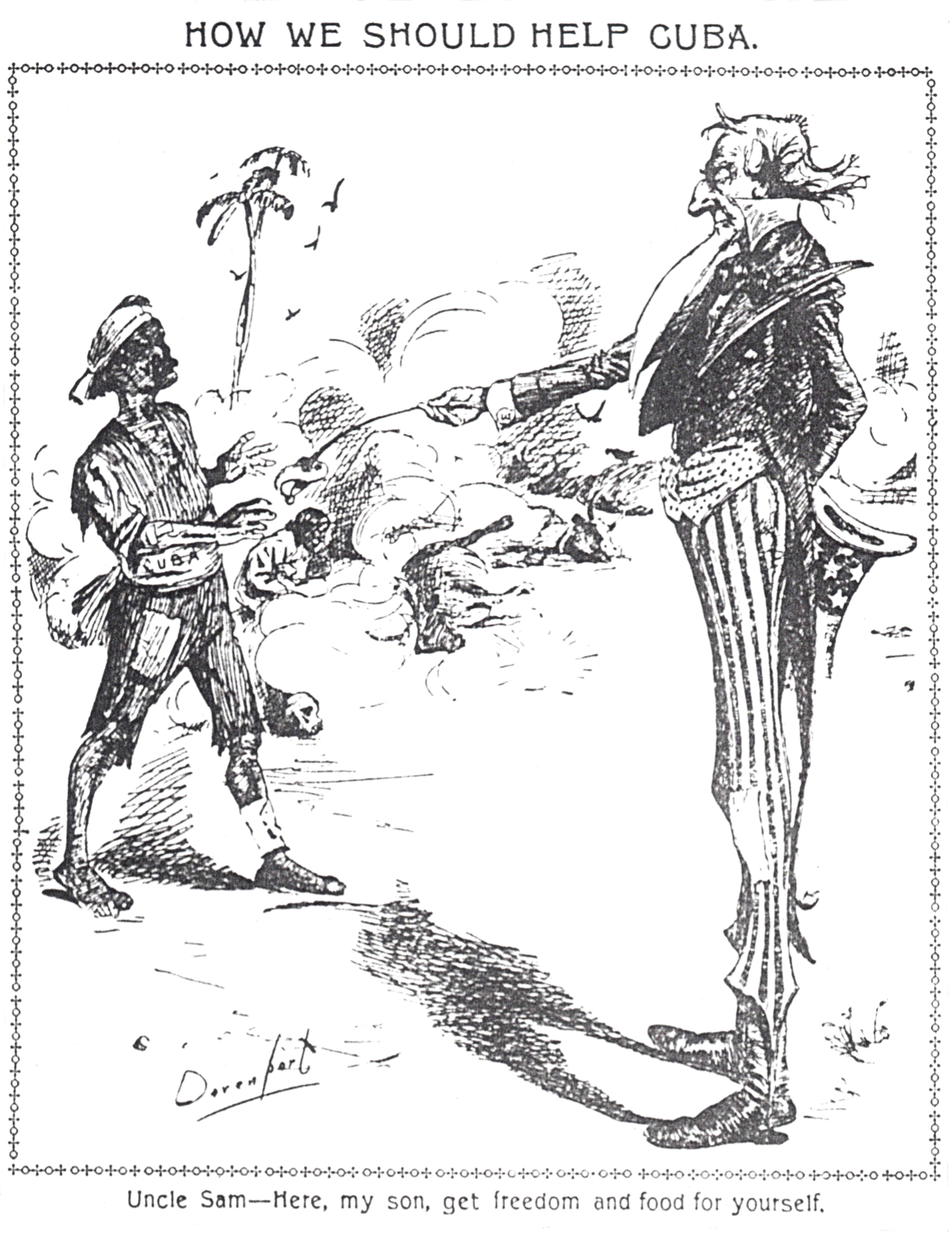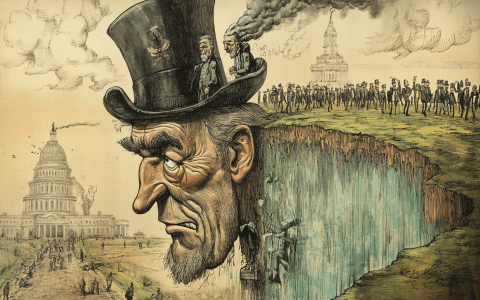My Dive into Spanish-American War Cartoons
Okay, so the other day, I got curious about the Spanish-American War. Not the battles or dates, really, but more about how people felt about it back then. I figured political cartoons would be a good window into that. So, I decided to spend some time digging into them.
First thing I did was just hop online. I started searching, using terms like “Spanish American War political cartoons,” “1898 cartoons,” and “Yellow Journalism illustrations.” It brought up quite a bit right away, a mix of museum sites, historical archives, and just general image results.

I started clicking through, just trying to get a feel for what was out there. Lots of Uncle Sam, of course. He was everywhere – sometimes looking strong and determined, sometimes looking a bit thoughtful, deciding whether to get involved with Cuba.
Sorting Through the Images
After browsing for a bit, I tried to get more organized. I noticed a few recurring themes:
- Spain: Often shown as old, weak, sometimes cruel or brutish, especially towards Cuba. You’d see Spanish figures represented as decrepit kings or bullfighters getting beaten.
- Cuba: Frequently depicted as a damsel in distress, needing rescue by the U.S. Sometimes shown as a child or a suffering woman.
- The U.S. (Uncle Sam): Portrayed as powerful, righteous, sometimes hesitant but ultimately stepping in as a hero or a strong protector.
- Yellow Journalism: Figures like Hearst and Pulitzer sometimes appeared too, often shown fanning the flames of war or exaggerating stories.
I spent a good while just looking at the details in each cartoon. One I remember clearly showed Spain as a ragged, weak bull being easily handled by a strong Uncle Sam figure, representing the U.S. military might. Another depicted Cuba as a woman being harassed or harmed by a Spanish brute, with Uncle Sam rolling up his sleeves in the background. It was pretty powerful stuff, clearly designed to stir up emotions.
Making Sense of It All
Finding the cartoons wasn’t too hard, but understanding the specific context of each one took a bit more effort. Some symbols or references weren’t immediately obvious. I had to cross-reference with historical events sometimes. For example, seeing cartoons about the USS Maine explosion helped me grasp how visually that event was used to push for war.
It was interesting to see how directly these cartoons tried to shape public opinion. There wasn’t much subtlety. The messages were usually very clear: Spain bad, America good, Cuba needs help. You could really see the propaganda machine at work.
What I Took Away

Spending time with these cartoons really brought the era to life in a different way than just reading text. It showed me the raw emotion and the often simplistic, biased ways the conflict was presented to the American public. It was a good reminder of how powerful images can be in politics and conflict, even over a hundred years ago. Definitely a worthwhile little history dive for me.















